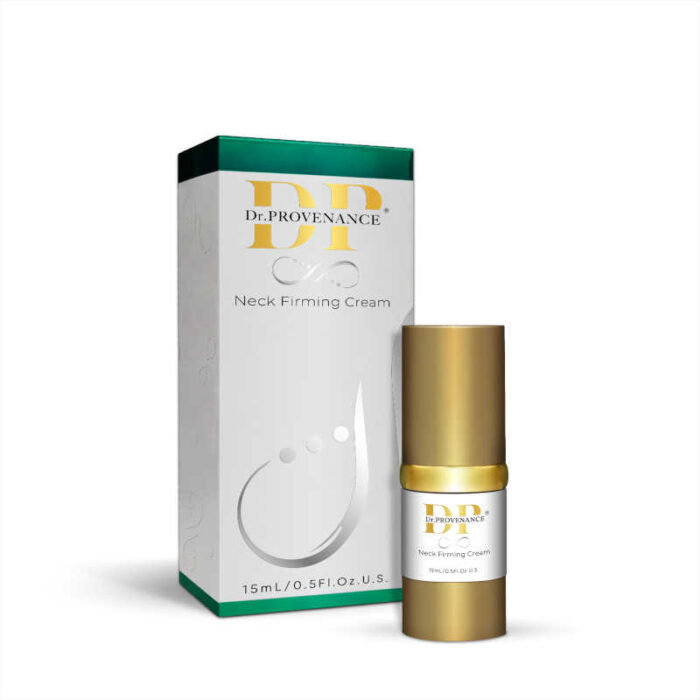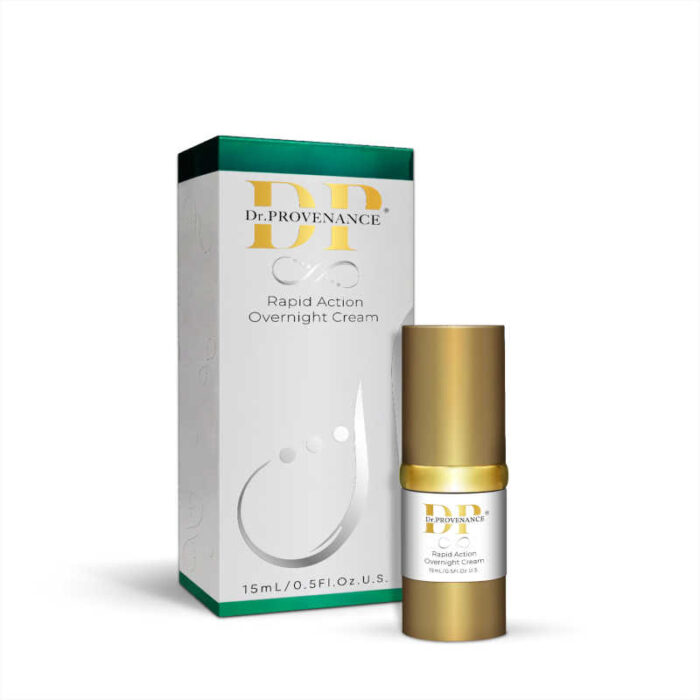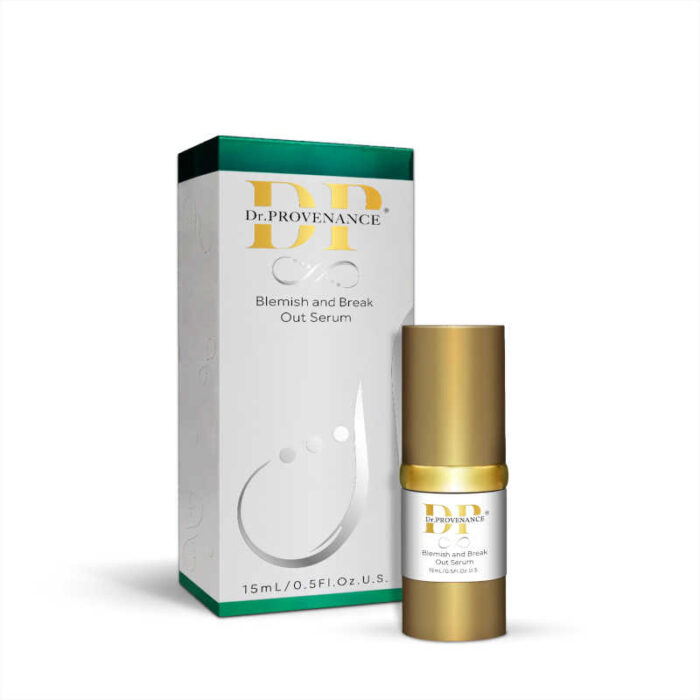Counterpulsation therapy is carried out with an individual lying on a comfortable memory foam couch. Appropriately sized cuffs are fitted around the calves, thighs and buttocks.
Inflation and deflation of the cuffs is set in time with the heartbeat, the rhythmical squeezing pushes blood from the legs up to the heart, increasing blood flow to the heart and,over time, causing new vessel growth.
The beneficial effects that occur during counterpulsation therapy can persist long after treatment has finished
The electrical signal from the heart (ECG) is monitored throughout the treatment cycle via electrodes placed on the chest wall and the pressure in the blood vessels is measured using a finger probe.
When the heart is relaxing and filling with blood (diastolic phase) the cuffs inflate rapidly and in sequence from calves to thighs to buttocks. This causes a reversal in the direction of blood flow in the aorta, the main blood vessel carrying oxygen-rich blood away from the heart. This increases the volume of blood and velocity of blood in the coronary arteries. These blood vessels run on the surface of the heart and carry blood to the heart muscle. Blockages or narrowing in these vessels can cause chest pain and heart attacks.
Over time this increase in the blood flow to the coronary arteries leads to the opening up of small blood vessels within the heart muscle, known as collaterals and the development and growth (angiogenesis) of new blood vessels within the heart muscle.
Counterpulsation also causes favourable changes to the balance of certain chemicals in the blood. These chemicals have important roles in maintaining the health of the delicate internal lining of all bloods vessels, known as the endothelium.
The beneficial effects that occur during counterpulsation therapy persist long after treatment has finished and health improvements may continue for several years.




